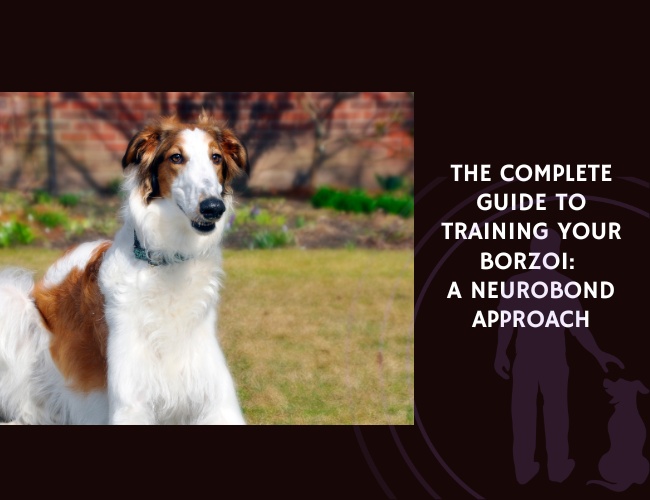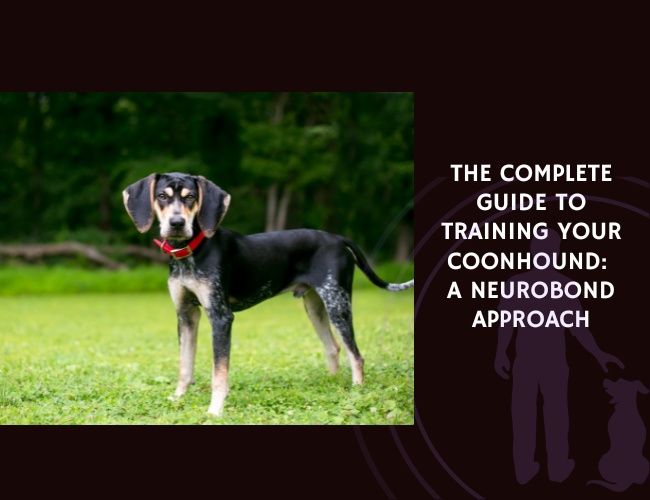Introduction: The Science Behind Puppy Training Treats
Treats as Key Tools in Puppy Learning
Puppy training can feel both exciting and overwhelming. One of the most effective ways to help your puppy learn is through rewards—specifically, food treats. Treats are not just about pampering; they play a central role in a process called operant conditioning. This is a learning method where positive outcomes, like getting a yummy bite, encourage puppies to repeat good behavior. By using treats as rewards, you are speaking the puppy’s language—making learning fun and fast! 🦴
Rethinking Specialized and Expensive Treats
Many new puppy parents believe that to see the best training results, they need to buy the fanciest, most expensive treats on the market. We understand how easy it is to be drawn in by packaging and special labels. However, scientific reviews now suggest a different story. The latest research reveals that the size, timing, and consistency of treat delivery often matter far more than the price or brand of the treat. In fact, regular kibble—when it meets certain criteria—can be just as valuable for training as specialty treats. This challenges the idea that only gourmet snacks can drive real results.
What Makes the Perfect Training Treat?
To find out what really works, researchers have started asking some smart questions:
- What is the smallest treat that still works during active puppy training sessions?
- Does a small, frequent treat help more than a larger, occasional one?
- Can simple, familiar kibble be as effective as new, flavorful treats?
- How do things like your puppy’s hunger, food preferences, and interest in novel tastes impact which treats you should use?
These questions are at the heart of making training both effective and healthy. The goal is to identify treat characteristics that maximize learning, boost engagement, and support puppy health—while also being practical for daily use. What stands out so far is the striking efficiency of 1-gram treats for frequent, reliable rewards. A treat of this size supports multiple learning attempts per session without contributing to overfeeding or digestive upset. Plus, it makes portion control much easier.
By focusing on treat size and reinforcement timing instead of fancy formulas, anyone can set their puppy up for training success without breaking the bank or risking their pup’s nutrition. Small, simple treats—used thoughtfully—deliver big results.
Up next, we’ll explore the science behind how puppies learn, uncovering why the right rewards truly matter.
Understanding Canine Learning Theory
How puppies learn through operant conditioning
At the heart of puppy training is operant conditioning—a learning process where rewards shape behavior. This method relies on reinforcing desired actions with something pleasant, like a treat or praise. For puppies, food is often the most effective reward because it is immediate and universally motivating 😋. When a puppy sits on cue and receives a bite-sized treat, it quickly connects the action with the consequence. This simple pairing helps repeat positive behavior.
Why reinforcement frequency matters more than treat size
A key insight from learning theory points to the importance of how often you reward rather than how big the reward is. Research shows that frequent, well-timed rewards lead to faster learning compared to giving fewer, larger treats. Puppies respond best when they get several small, immediate rewards for good behavior. This is known as reinforcement frequency.
The magnitude of the reward (how big the treat is) is less important for puppies in early training. For example, a puppy given five quick 1-gram treats in a row learns faster than one given a single 5-gram treat. This strategy keeps puppies engaged and makes longer training sessions possible without overfeeding.
Successive approximation and timing: building behavior step by step
Training a puppy is much like building a tower, one block at a time. This approach is called successive approximation. Instead of expecting a puppy to master a new behavior all at once, trainers reward small steps that lead toward the final goal. Each step, no matter how minor, gets its own reward.
Timing is everything! A treat given at just the right moment—immediately after the desired action—reinforces the connection between behavior and reward. If the treat is late, the puppy may not learn what behavior earned the treat. Precision in timing helps puppies learn quickly and reliably.
Paw-sitive reinforcement: the essence of learning
Puppies experience a training session as a series of mini-successes when their efforts are noticed and rewarded. Understanding these key learning principles means that owners do not need fancy or expensive treats—just a thoughtful approach to how and when they are given. As we continue, we will dive into the details that help you set up each training session for simple, science-backed success.
The Ideal Treat Size: Why 1-Gram Matters
Finding the Smallest Effective Reward
When training puppies, it might seem logical to grab the biggest, tastiest treat to keep your puppy’s attention. Surprisingly, science shows otherwise. Researchers have looked closely at what makes a treat truly effective during puppy training. The findings? Size really does matter, but not the way you might think!
A 1-gram piece—a treat about the size of a small kibble—has been identified as the minimum effective reward for most puppies. Why so small? It’s all about how training works. The core principle of operant conditioning, which shapes most puppy training methods, highlights that how often and how quickly you deliver a reward is often more important than the reward’s size.
How Smaller Treats Boost Learning
If your reward is tiny, you can give it much more often. Frequent rewards help puppies focus and stay excited during training. This is called high-frequency reinforcement. Imagine asking your puppy to sit and being able to reward each good try without filling them up within minutes. A single session with larger treats might use up a puppy’s appetite fast, but many 1-gram treats stretch training further while still keeping your puppy interested.
- Small treats = more repetitions
- More repetitions = faster learning
Frequent, small rewards fit perfectly with the idea of successive approximation—shaping behavior step-by-step. When you can reward each tiny bit of progress, your puppy learns faster and feels successful.

One-Gram Rewards Compared to Larger Treats
You might wonder: Does a tiny reward make as big an impact as a larger one? Research shows that when treats are delivered with good timing, a 1-gram treat holds almost the same power for shaping behavior as a large treat, as long as the experience stays positive and engaging. The secret is not in the quantity, but in consistent, well-timed delivery. Puppies value the predictability of the reward, not necessarily its size.
Keeping Training Efficient and Safe
Using 1-gram treats helps keep your puppy from overeating or experiencing digestive upset, which can happen with richer, bigger treats. It also keeps calorie intake under control, so you avoid spoiling their diet during high-repetition training. This simple, science-backed approach means you can focus on your puppy’s progress, not on how fancy or pricey their treats need to be.
Next, let’s explore what influences how effective a treat is, beyond just its size.
Factors Influencing Treat Effectiveness
Palatability and Taste Novelty Drive Reinforcement Value
We understand that every puppy is unique, but one thing remains constant: food must be appealing to work as a reward. The science of canine taste, also called gustatory science, highlights how palatability and novelty influence a treat’s reinforcement power. A treat that smells and tastes new or exciting can grab a puppy’s attention and boost motivation. However, the value of a particular flavor may decrease with repeated use. Over time, what once seemed irresistible can become ordinary, so varying treats or saving high-value options for special moments can keep sessions motivating.
Palatability also depends on texture. Some puppies prefer crunchy bites, while others love soft chews. Testing different options helps you discover what delights your own puppy. Remember, commercial treats are not always tastier than kibble—some pups are just as happy to work for their regular food, if it is fresh and suited to their palate.
Understanding Food Motivation in Puppies
Each puppy’s food drive is shaped by genetics, environment, and past experiences. Food-motivated puppies may focus eagerly with even simple kibble used as a reinforcer. Others, especially in distracting settings, might need something special to stay engaged in training. We’re here to help you spot these differences—observe how strongly your puppy responds to treats in different scenarios.
A high food drive makes it possible to use lower-value treats (like kibble) more often without losing attention. For puppies with less intense food motivation, saving tastier morsels for challenging skills or troublesome distractions may be more effective. This personal touch increases training success!
Satiety: Finding Balance for Effective Training
A key factor that shapes treat effectiveness is satiety—how full your puppy feels. If your puppy just ate a large meal, even the most delicious treat may fail to motivate. On the other hand, a very hungry puppy might be too excitable or frustrated to concentrate. The ideal is a puppy who is comfortably hungry but not starving. Giving treats that are too big, too rich, or too frequent can quickly fill a puppy up, ending their interest in further training.
We recommend using small, 1-gram treats for frequent, bite-sized rewards. Deduct training treats from the daily food allowance to balance nutrition and ensure ongoing interest in each session.
A treat’s impact is never just about its taste. It’s truly shaped by your puppy’s individual preferences, food drive, and level of fullness. By staying attentive to these details, you’ll set your puppy up for a lifetime of happy learning and strong bonds. 🐾
Small. Fast. Effective.
Training isn’t about fancy snacks.
It’s about timing, repetition, and rewards your puppy can understand. Science shows that small, simple treats—given quickly and consistently—outperform the big, expensive ones when it comes to shaping behaviour that sticks.
One gram goes far.
A single gram-sized treat lets you reward again and again without filling your puppy up. This fuels focus, speeds up learning, and keeps your sessions smooth, efficient, and free from digestive drama.

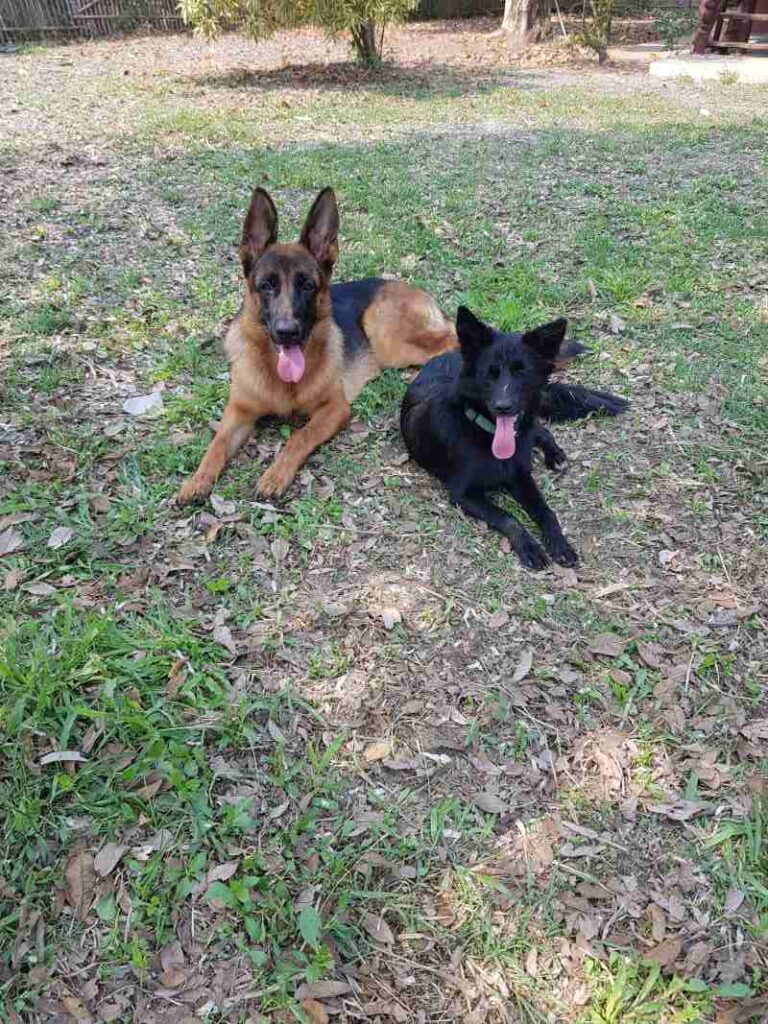
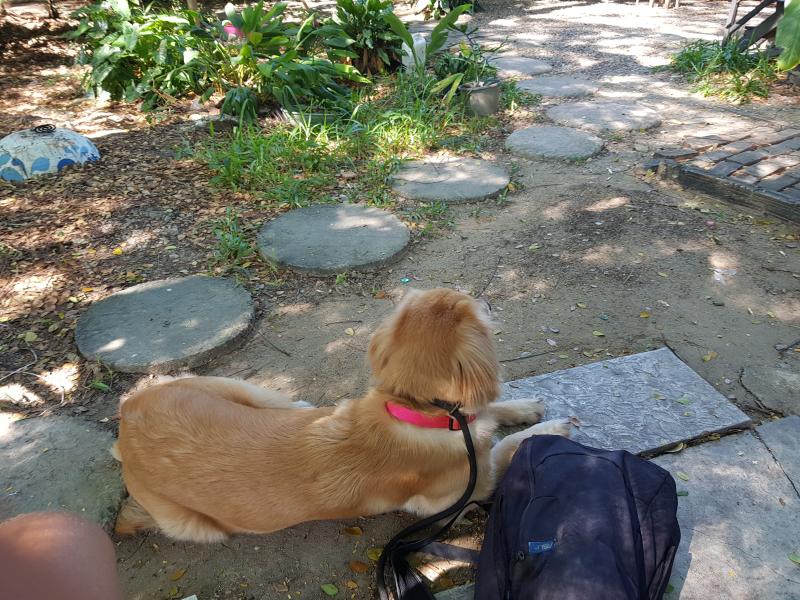
Forget hype—use what works.
Kibble-sized rewards, smart timing, and daily consistency are all you need to raise a sharp, eager-to-learn pup. Simplicity wins—science says so.
Nutritional Considerations for Training Treats
Balancing Calories with Training Success
When choosing treats for puppy training, nutritional value matters just as much as flavor. We understand that you want to keep your puppy healthy while making training fun and effective. That’s why it’s important to balance the calorie density of treats with how often you train.
Small, frequent rewards are better for shaping behavior, but they can add up in calories quickly. High-repetition training sessions could easily lead to overfeeding if treat portions are not counted as part of your puppy’s daily food intake. A simple trick is to use 1-gram treats, or even better, break your puppy’s kibble into single pieces for training. By deducting these training treats from your puppy’s regular meal allowance, you reduce the risk of unwanted weight gain and help maintain healthy growth.
Hidden Risks of High-Fat Treats
Not all treats are created equal. Many commercial puppy treats are high in fat to make them tastier and more exciting. While these might catch your puppy’s attention at first, they can cause problems down the road. High-fat rewards can lead to:
- Tummy upsets or softer stools
- Unwanted weight gain or even obesity
- Imbalanced nutrition, especially during sensitive growth periods
Puppies need a balanced intake of protein, fat, and carbohydrate to support their development. Regularly using high-fat treats during long training sessions could disrupt this balance, affecting your puppy’s health and energy levels.
Digestibility and Macronutrient Balance
It’s not just about what’s in the treat, but how easy it is for your puppy to digest. Kibble designed for puppies often meets the nutritional standards set by experts and is less likely to upset your pup’s stomach. These treats tend to offer:
- Consistent macronutrient ratios that support healthy development
- Good digestibility, making them gentle on sensitive digestive systems
- Familiarity, which helps keep puppies comfortable during training
Giving treats that align with your puppy’s daily nutrition ensures you’re rewarding good behavior without sacrificing health. Plus, it’s more cost-effective and less likely to cause dietary imbalances or unwanted side effects.
Maintaining mindful treat choices means you can keep training productive and positive. The right snack supports both learning and well-being, helping your puppy thrive during this important growth stage.
Kibble as an Effective Training Tool
When Kibble Becomes the Right Choice
Choosing the best treat for puppy training does not always mean reaching for expensive, fancy options. In fact, your puppy’s regular kibble can often serve as an effective training tool if it meets simple criteria. Let’s explore why.
Matching the Ideal Treat Size
One key factor is size. Scientific reviews have found that a 1-gram treat is typically enough to motivate puppies during training. This allows for frequent rewards and prevents overfeeding or stomach upsets. Kibble can easily fit this requirement if each piece weighs about 1 gram. By keeping treats small, you keep your puppy focused and eager to earn the next bite—without loading on too many calories.
Palatability Matters
Of course, no treat works if your puppy refuses to eat it! The taste and smell of kibble should be appealing to your puppy. While most puppies enjoy their regular kibble, some puppies are more selective or get bored with repetitive flavors. If you notice your puppy losing interest, you can boost kibble’s value by using it only during training or mixing it with a few higher-value tidbits for special occasions.
Smarter Portion Control
We understand that overfeeding is a common concern for puppy parents. With kibble, portion control becomes simple. All treats given during training should be subtracted from your puppy’s daily food allowance. This supports proper growth and avoids digestive troubles. Using the same food for both meals and rewards keeps things straightforward and prevents unwanted weight gain.
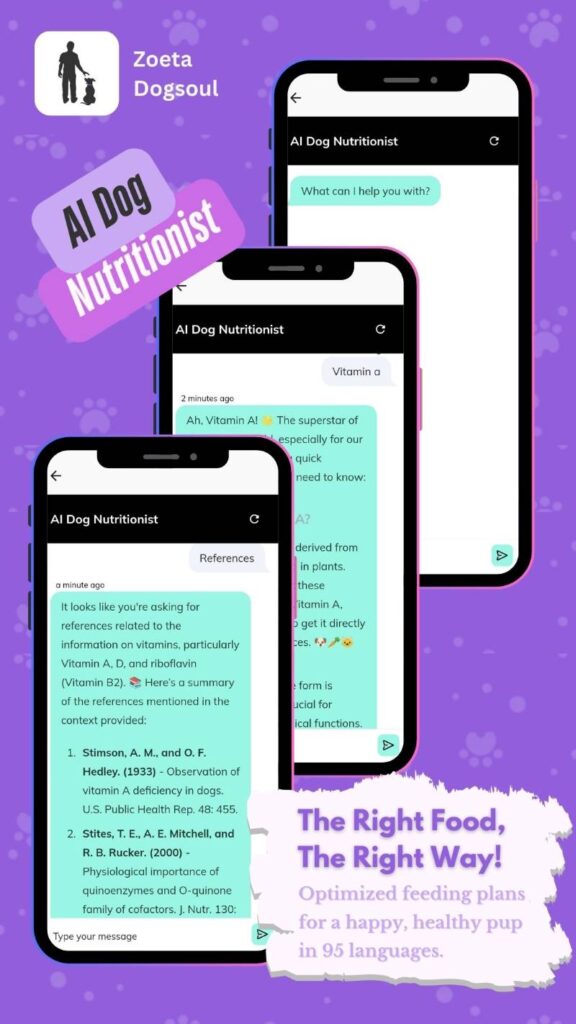
How Kibble Shapes Behavior and Generalization
Consistently rewarding your puppy with kibble forms positive habits and behaviors. Because kibble is familiar, it helps your puppy transfer learned commands to real-life settings—this is called generalization. While using high-value treats may occasionally boost motivation, regular kibble ensures steady practice and reduces the risk of your puppy only responding when special snacks are involved.
There’s also a practical benefit—no need to worry about unhealthy additives, excessive fat, or surprise ingredients that can come with commercial treats. Training with kibble supports a balanced diet and safe growth for your puppy.
The secret is in making training fun, consistent, and closely tied to your puppy’s mealtime routine. This way, learning becomes part of daily life and sets the stage for success in upcoming training adventures.
Practical Implementation: Creating an Effective Treat Strategy
Managing Portion Control and Preventing Overfeeding
We understand how important it is to reward your puppy during training, but keeping them healthy is just as essential. The goal is to use training treats to motivate learning without causing weight gain or digestive issues. One simple method is to subtract the amount of treats given during training from your puppy’s daily food allowance. This way, you’re giving them the same overall amount of food each day, just distributed differently. For example, if your puppy’s daily ration is 100 grams of kibble and you use 20 grams for training, only feed 80 grams at mealtimes.
Choosing small, 1-gram treats is key. These are big enough to be rewarding, yet small enough to allow for frequent rewards. Frequent, small treats make it easier to reinforce good behavior many times in one session—helping your puppy learn quickly and keeping calorie intake in check.
Integrating Treats into the Daily Food Allowance
The idea is to think of treats as part of your puppy’s total nutrition for the day—not an extra. This can be done by making training treats out of your puppy’s regular kibble, which is both practical and health-conscious. If your puppy responds well to kibble and finds it tasty, it’s a great option for frequent, small rewards.
By pre-measuring the day’s total food allotment, you can use a portion of that as treats. This prevents overfeeding and maintains nutritional balance. It’s also helpful to monitor your puppy’s weight weekly to catch any small changes early.
Keeping Reinforcement Schedules Consistent
Consistency builds reliable habits in puppies. This means rewarding the desired behavior each and every time—especially in the early stages. Timely treats, given right after the correct behavior, make the biggest impact. Having pre-measured, easily accessible treats (such as in a treat pouch) helps you reward your puppy without delay.
If using kibble, have the day’s treat portion set aside ahead of each session to keep things organized. Remember, your puppy’s learning depends much more on when and how often you reward than what kind of treat you use.
Building a strategy around these core ideas supports both learning and good health. This approach, grounded in science, makes training enjoyable and sustainable for you and your puppy. 🐾
Conclusion: Simplicity and Science in Puppy Training
Key findings on treat size and effectiveness
When it comes to training puppies, simple strategies tend to outperform flashy, expensive treats. The research is clear: it is not about how fancy or pricey a treat is, but how well it fits the science of operant conditioning. The use of small, 1-gram treats allows for more frequent rewards, keeping your puppy engaged without risking digestive upset or overfeeding. This approach takes full advantage of reinforcement frequency—a critical part of behavior shaping—while also making training sessions more efficient and enjoyable for both puppy and owner.
High-frequency, well-timed rewards are far more effective than giving a large treat every now and then. Research in learning theory tells us that the size of the treat matters much less than how often and precisely it is delivered. What really counts is that your puppy gets a reward at the right time, creating a clear link between action and outcome, which is vital for fast, stress-free learning.
Consistency outweighs treat type
Many new puppy owners worry about using the “right” type of treat. The good news? Science does not support the idea that expensive, specialized treats are necessary. Instead, what makes the difference is consistency—giving a reward every time your puppy does the right thing and using the same approach each session. Even standard kibble, if the right size and palatability, can be just as effective as high-value store-bought treats. Just remember to deduct these rewards from the daily food allowance to avoid overfeeding and keep your puppy on track nutritionally.
Practical, cost-effective approaches for puppy owners
Here’s how to put these insights into practice:
- Break treats, including kibble, into 1-gram pieces or smaller.
- Use these throughout your training sessions, pairing each success with immediate, positive reinforcement.
- Always count treats as part of your puppy’s daily food, helping maintain a balanced diet.
- Pay attention to your puppy’s food interest—if motivation drops, try adding a little novelty or using a tastier piece as a bonus reward.
By following these strategies, you not only save money but also help create a positive, reliable training experience for your puppy. Remember, in the world of puppy training, keeping things simple and staying consistent will set both you and your puppy up for long-term success.



